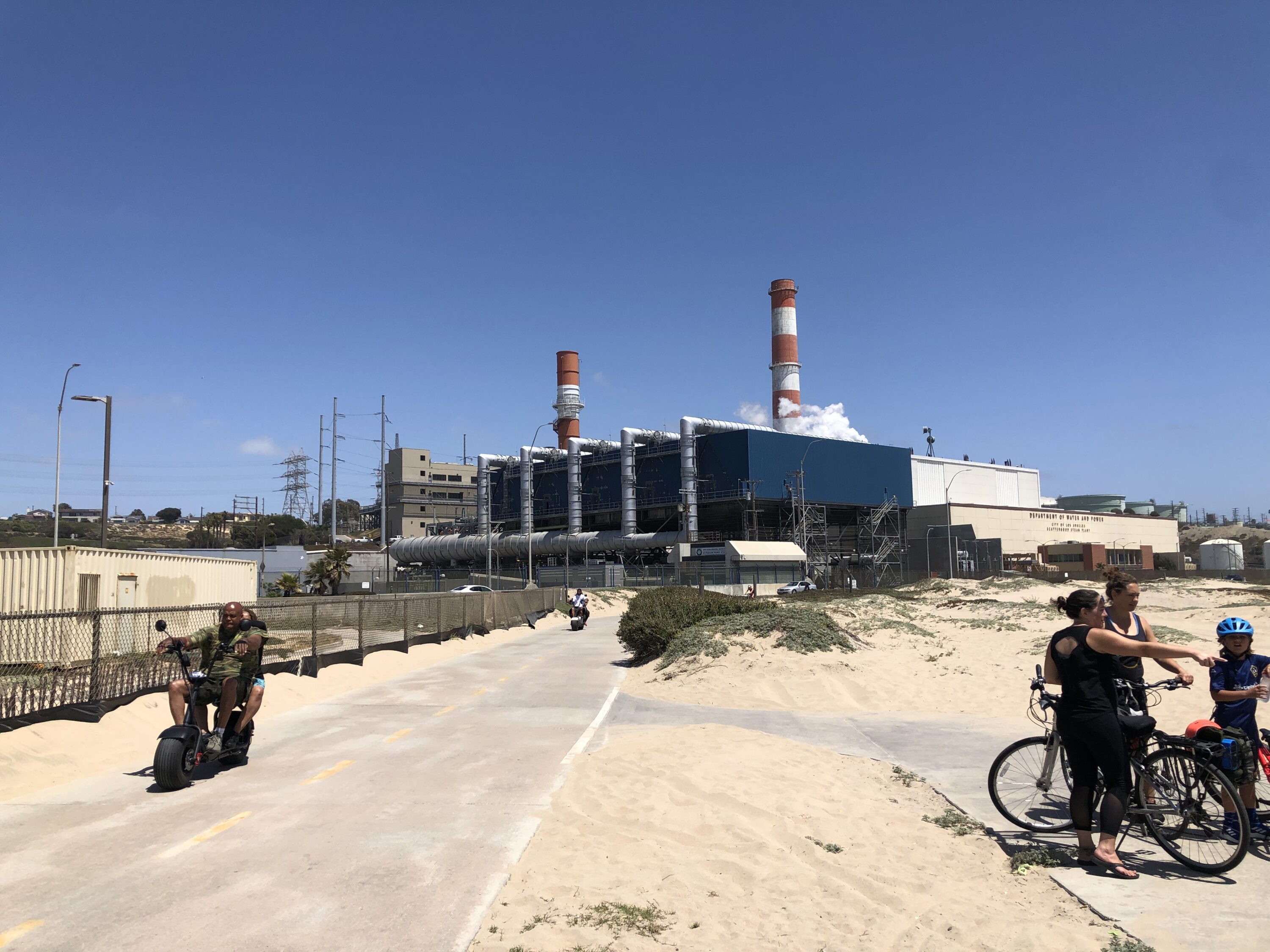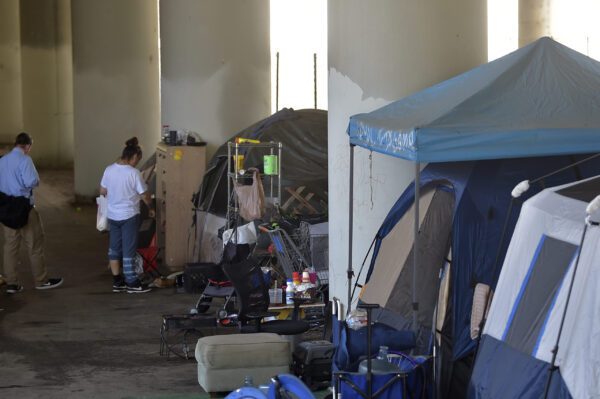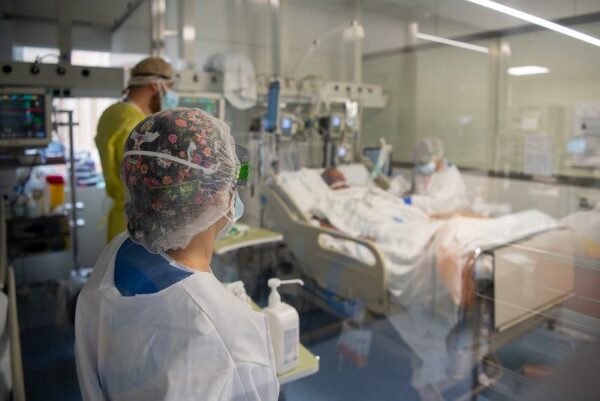By Eric He
The Los Angeles City Council adopted an ordinance Wednesday that moves forward on a controversial plan to shift the Scattergood Generating Station, a power plant in Playa del Rey, to be powered by green hydrogen instead of natural gas.
The council had voted in December to authorize a competitive bid proposal process for the estimated $800 million plan, over the objections of some environmental groups concerned about the impact of green hydrogen on the climate and lack of transparency from officials. But it did not garner enough votes to skip a second vote for final approval.
The second consideration was initially scheduled prior to the winter recess, but the item was delayed twice with new council members joining in between the two readings.
The vote on Wednesday was 12-0, but some council members expressed concern about the proposed project. Councilwoman Katy Yaroslavsky, chair of the council’s energy committee, said she remained skeptical and was only reluctantly moving the process ahead.
Yaroslavsky said that the council was taking the vote without being fully aware of the project’s environmental impacts, an analysis of alternatives or a robust community engagement process.
Last week, the energy and environment committee sought more context to the use of green hydrogen at the plant, asking Los Angeles Department of Water and Power officials about potential alternatives to and the public health risks of using green hydrogen.
The council approved a separate item implementing safeguards for the project, calling for regular reports from LADWP to the council. It also sought to:
- make sure the project would not result in an increase of pollutant emissions or create public health or safety risks from the production, storage, transportation or use of green hydrogen;
- incorporate hydrogen leak prevention, mitigation and monitoring, and
- use only hydrogen produced from renewable energy resources.
Other instructions included seeking an assessment of non-combustion alternatives to green hydrogen, and directing LADWP to conduct outreach with neighborhood councils and community-based organizations.
But Yaroslavsky said that she did not take “great comfort in the responses” from LADWP officials during the meeting, voicing concerns over the project’s impact on air quality and water resources, the safety of the hydrogen usage and the feasibility of working with new technology.
“While I completely understand and agree that our power system needs to be reliable and resilient, I am still not convinced that burning hydrogen is the best way to achieve that end,” Yaroslavsky said.
According to a resolution approved by the Board of Water and Power Commissioners in August, the shift to green hydrogen would help the department reach its goal of transitioning to 100% renewable energy by 2035.
Sarah Wilfong, a representative from the Los Angeles County Business Federation, told the council that the shift to green hydrogen would ensure that the city is “creatively utilizing innovative and powerful clean energy fuel, while also providing good paying jobs, upgrading our infrastructure and ensuring the residents of LA can keep their lights on.”
But environmental groups have pushed back. According to Food & Water Watch, hydrogen still produces emissions that can threaten the climate, would require more than 122 million gallons of water to power the plant and cost more than solar, wind or battery storage.
Alex Jasset, nuclear threats and energy program manager for Physicians for Social Responsibility Los Angeles, told City News Service that the council vote could set in motion a “massive hydrogen build-out” throughout Los Angeles, perpetuating health and environment injustices for communities located near plants and wasting city resources that could be used for other solutions.
Jason Rondou, the LADWP’s director of resource planning, development and programs, said during a prior committee meeting that the Scattergood project is a means to creating a necessary renewable energy source for the city.
Rondou said the $800 million cost “appears significant,” but is just one of several projects working toward a renewable energy future. Scattergood is projected to account for less than 1% of Los Angeles’ energy portfolio by 2030, and the reduction in utilization will subsequently offset or even reduce water usage, according to Rondou.
But the 1% is important because “if we have wildfires, if we have earthquakes, it is that less than 1% that will keep the grid reliable and stable so that we can continue to charge our electric vehicles, and we can continue to power our homes and businesses — which will be fully electrified in the future,” Rondou said.
Jasset called the LADWP’s argument contradictory.
“It just seems like a huge investment of a billion dollars for an energy system that they’re claiming is only going to run 1% of the time,” Jasset said.
Councilwoman Traci Park, whose district includes the Scattergood plant, said she was prepared to use Section 245 of the City Charter — which gives council veto authority over actions by local boards with a two-thirds vote — if she feels the project presents too many risks.
“If this project ultimately breaks ground, I have to be able to tell my constituents — without a hint of doubt — that our actions will not come at the expense of their health and well-being,” Park said.







